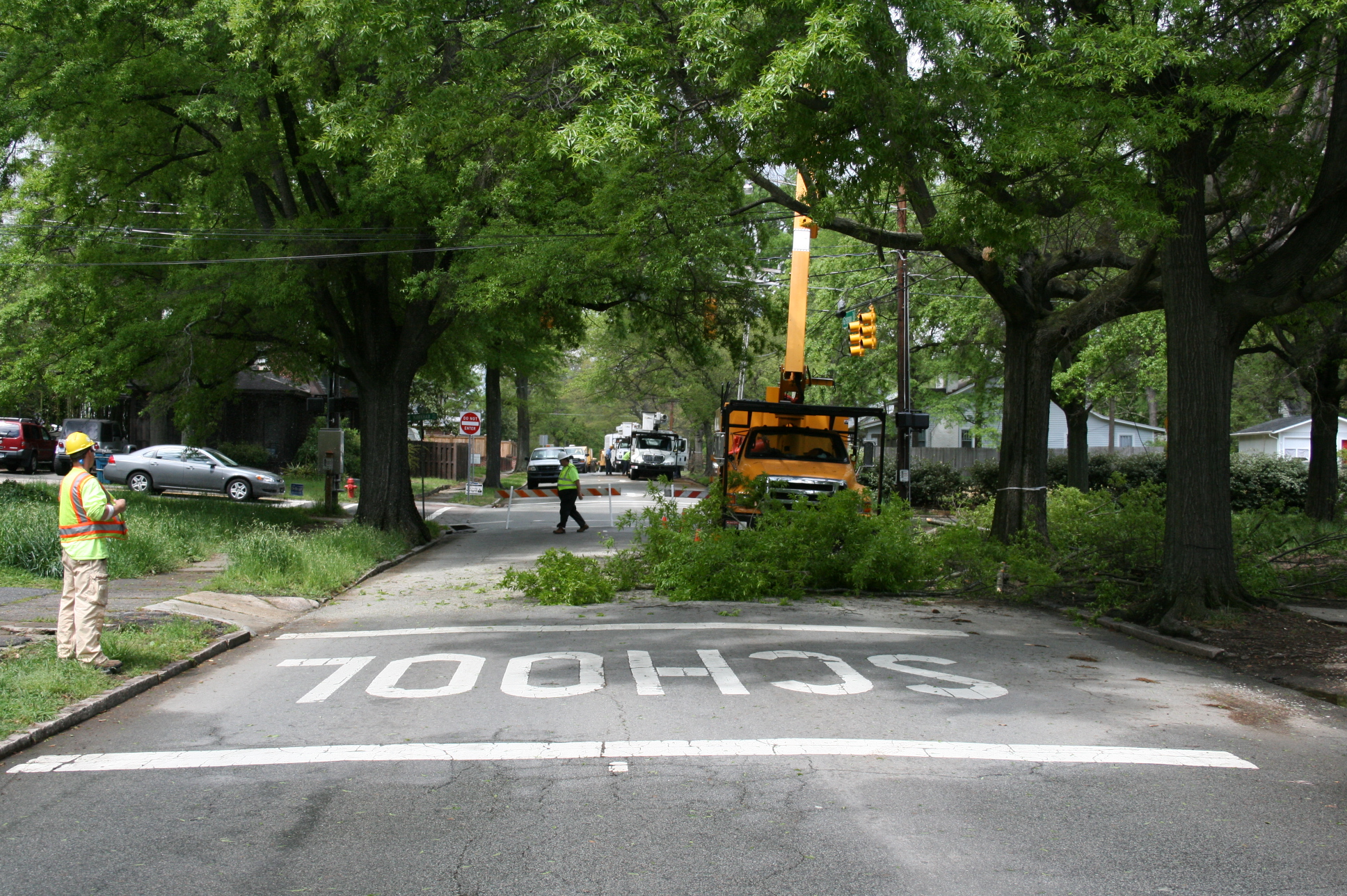|
Erythrina Poeppigiana
''Erythrina poeppigiana'', called the mountain immortelle, is a species of flowering plant in the genus ''Erythrina'', native to northern and western South America, and introduced to various places in Central America, the Caribbean, Africa, India and tropical Asia. Its striking display of orange flowers has led to its use as an ornamental street tree Urban forestry is the care and management of single trees and tree populations in urban settings for the purpose of improving the urban environment. Urban forestry involves both planning and management, including the programming of care and .... It is the emblematic state tree of Mérida, Venezuela. Widely cultivated, it is a nitrogen fixer and a source of fodder. References poeppigiana Plants described in 1901 {{Phaseoleae-stub ... [...More Info...] [...Related Items...] OR: [Wikipedia] [Google] [Baidu] |
Erythrina
''Erythrina'' is a genus of plants in the pea family, Fabaceae. It contains about 130 species, which are distributed in tropical and subtropical regions worldwide. They are trees, with the larger species growing up to in height. The generic name is derived from the Greek word , meaning "red", referring to the flower color of certain species. Names Particularly in horticulture, the name coral tree is used as a collective term for these plants. Flame tree is another vernacular name, but may refer to a number of unrelated plants as well. Many species of ''Erythrina'' have bright red flowers, and this may be the origin of the common name. However, the growth of the branches can resemble the shape of sea coral rather than the color of '' Corallium rubrum'' specifically, and this is an alternative source for the name. Other popular names, usually local and particular to distinct species, liken the flowers' red hues to those of a male chicken's wattles, and/or the flower shape to ... [...More Info...] [...Related Items...] OR: [Wikipedia] [Google] [Baidu] |
Street Tree
Urban forestry is the care and management of single trees and tree populations in urban settings for the purpose of improving the urban environment. Urban forestry involves both planning and management, including the programming of care and maintenance operations of the urban forest. Urban forestry advocates the role of trees as a critical part of the urban infrastructure. Urban foresters plant and maintain trees, support appropriate tree and forest preservation, conduct research and promote the many benefits trees provide. Urban forestry is practiced by municipal and commercial arborists, municipal and utility foresters, environmental policymakers, city planners, consultants, educators, researchers and community activists. Benefits Environmental and health impacts Heat waves cause 1,300 deaths each year in the United States alone, which is more than any other weather-related event. As temperatures continue to rise due to global warming, we can expect to see this numbe ... [...More Info...] [...Related Items...] OR: [Wikipedia] [Google] [Baidu] |
Mérida (state)
The State of Mérida commonly known simply as Mérida ( es, Estado Bolivariano de Mérida, ) is one of the 23 states of Venezuela. The state capital is Mérida, in the Libertador Municipality. Located in the Western Andean Region, Mérida State covers a total surface area of , making it the fifteenth-largest in Venezuela. In 2011, had a census population of 828,592, the fourteenth most populous. History Pre-Colonial According to recent studies in archaeology, history and anthropology, The Andean region seems to have been inhabited since very remote times (perhaps several thousand years) by unknown groups that have left very few traces. Then, around our era, another ethnic group of great cultural importance arrives in the region, perhaps of Chibcha origin, since they share with these their mythology, funeral and settlement patterns, housing construction, agricultural techniques, etc. When the Spanish arrive in the Andean Cordillera it will be with this second group you wil ... [...More Info...] [...Related Items...] OR: [Wikipedia] [Google] [Baidu] |
Blue-gray Tanager
The blue-gray tanager (''Thraupis episcopus'') is a medium-sized South American songbird of the tanager family, Thraupidae. Its range is from Mexico south to northeast Bolivia and northern Brazil, all of the Amazon Basin, except the very south. It has been introduced to Lima (Peru). On Trinidad and Tobago, this bird is called blue jean. Taxonomy In 1760 the French zoologist Mathurin Jacques Brisson included a description of the blue-grey tanager in his ''Ornithologie'' based on a specimen collected in Brazil. He used the French name ''L'evesque'' and the Latin name ''Episcopus avis''. The two stars (**) at the start of the paragraph indicates that Brisson based his description on the examination of a specimen. Although Brisson coined Latin names, these do not conform to the binomial system and are not recognised by the International Commission on Zoological Nomenclature. When in 1766 the Swedish naturalist Carl Linnaeus updated his ''Systema Naturae'' for the twelfth edition he ad ... [...More Info...] [...Related Items...] OR: [Wikipedia] [Google] [Baidu] |
Red-crowned Woodpecker
The red-crowned woodpecker (''Melanerpes rubricapillus'') is a resident breeding bird from southwestern Costa Rica, Panama, Colombia, Venezuela, the Guianas and Tobago. Description The adult is long and weighs . It has a zebra-barred black and white back and wings and a white rump. The tail is black with some white barring, and the underparts are pale buff-brown. The male has a red crown patch and nape. The female has a buff crown and duller nape. Immature birds are duller, particularly in the red areas of the head and neck. Although this species is very similar in appearance to the golden-fronted woodpecker (''Melanerpes aurifrons'') and the Yucatan woodpecker (''Melanerpes pygmaeus''), its distribution does not overlap with either of these species. Distribution and habitat This woodpecker occurs in forests and semi-open woodland and cultivation. It nests in a hole in a dead tree or large cactus. The clutch is two eggs, incubated by both sexes, which fledge after 31–33 d ... [...More Info...] [...Related Items...] OR: [Wikipedia] [Google] [Baidu] |

